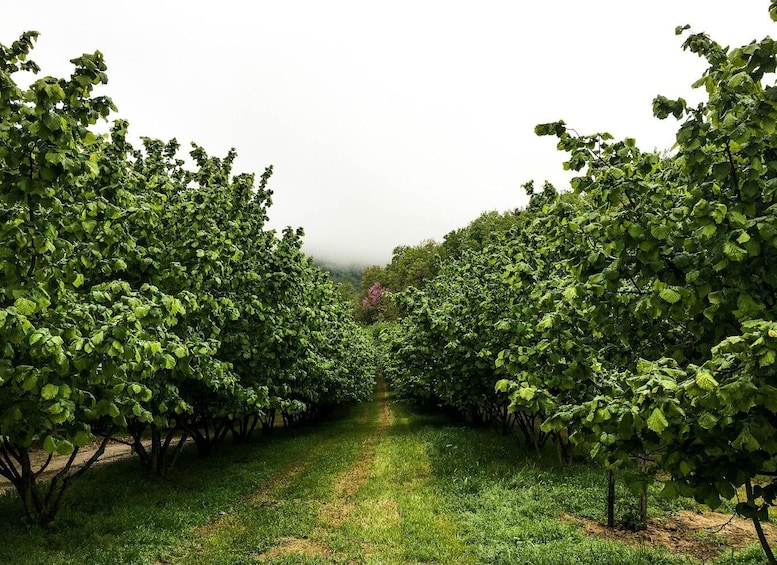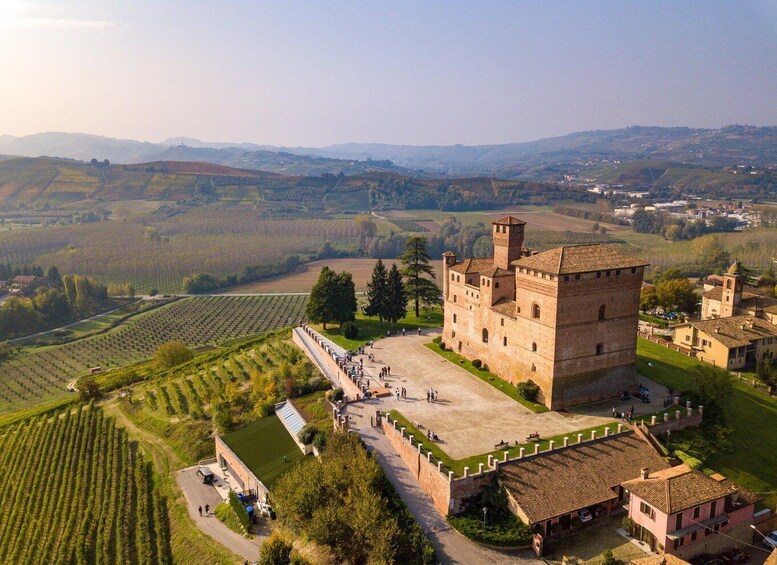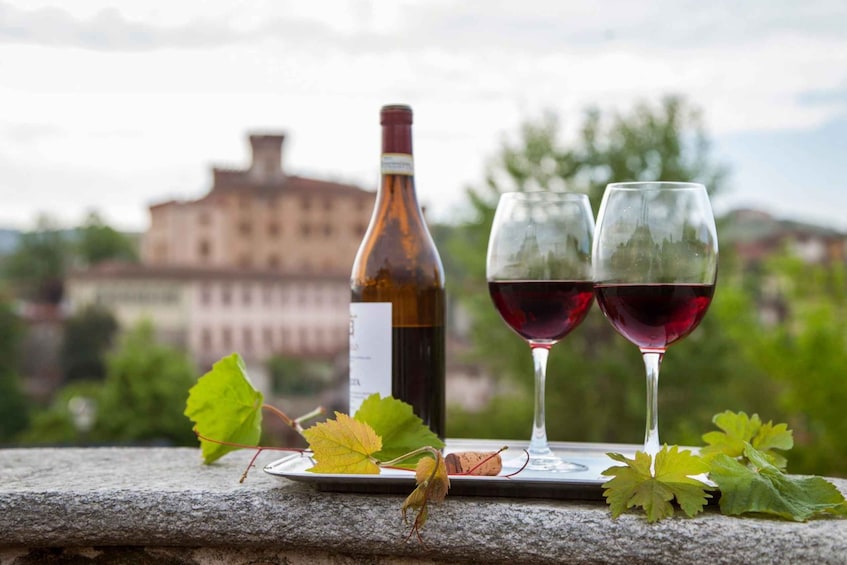Barolo Wine Tasting from Milan — Discover Italy’s Hidden Wine Region
There is a moment when the hills of Piedmont stop being landscape and become something alive.
It happens as you leave Milan behind.
The geometry of the city dissolves.
The highway rises, the air cools, and the horizon shifts into a long, soft wave of vineyards.
This is the Langhe, a land shaped by centuries of hands and seasons.
The soil here is not just dirt — it is memory.
Every row of vines has been tended, repaired, carried forward by families who measure time not in years, but in harvests.
You travel into these hills by comfortable transport, watching them unfold slowly — as if the land were introducing itself with deliberate grace.
Your first encounter is a family-run winery.
Not a showroom. Not a brand.
A place where wine is still a conversation between earth and patience.
You’ll step into the cellar — cool air, oak barrels, the quiet hum of fermentation.
And then the tasting begins: six expressions of the region, each one deeper, more layered, more rooted than the last.
Among them: Barolo, known as the King of Italian wines — powerful yet elegant, a wine that reveals itself slowly, like a story spoken only to those who stay long enough to listen.
From the vineyards, the road winds to Alba — a town that smells of truffle and roasted hazelnuts, where stone streets hold echoes of market mornings and harvest festivals.
Here, food is not arranged — it is grown, hunted, gathered.
In autumn, the White Truffle Fair fills the city with a quiet reverence.
Fresh tajarin pasta, a touch of butter, a snowfall of white truffle shaved thin enough to let the aroma rise and linger.
But even in summer, Alba offers its simpler gifts: black truffle, local cheeses, Barbera in small glasses shared at wooden tables.
The day closes on a castle perched on a hilltop, watching over the valleys the way time watches over memory.
From here, the vineyards stretch in every direction, and on clear days, the Alps rise pale and distant like a promise.
You take one last breath of the hills.
One last look before turning toward Milan again.
And something has shifted — quietly, but unmistakably.
You did not just visit Piedmont.
You entered it.
–Tuesday Program
On Tuesdays, when the castle rests, we visit La Morra, a panoramic village above the Barolo valley.
The view here is wide and slow — vineyards rolling like waves, the Alps floating far away.
Just as open.
Just as true.




